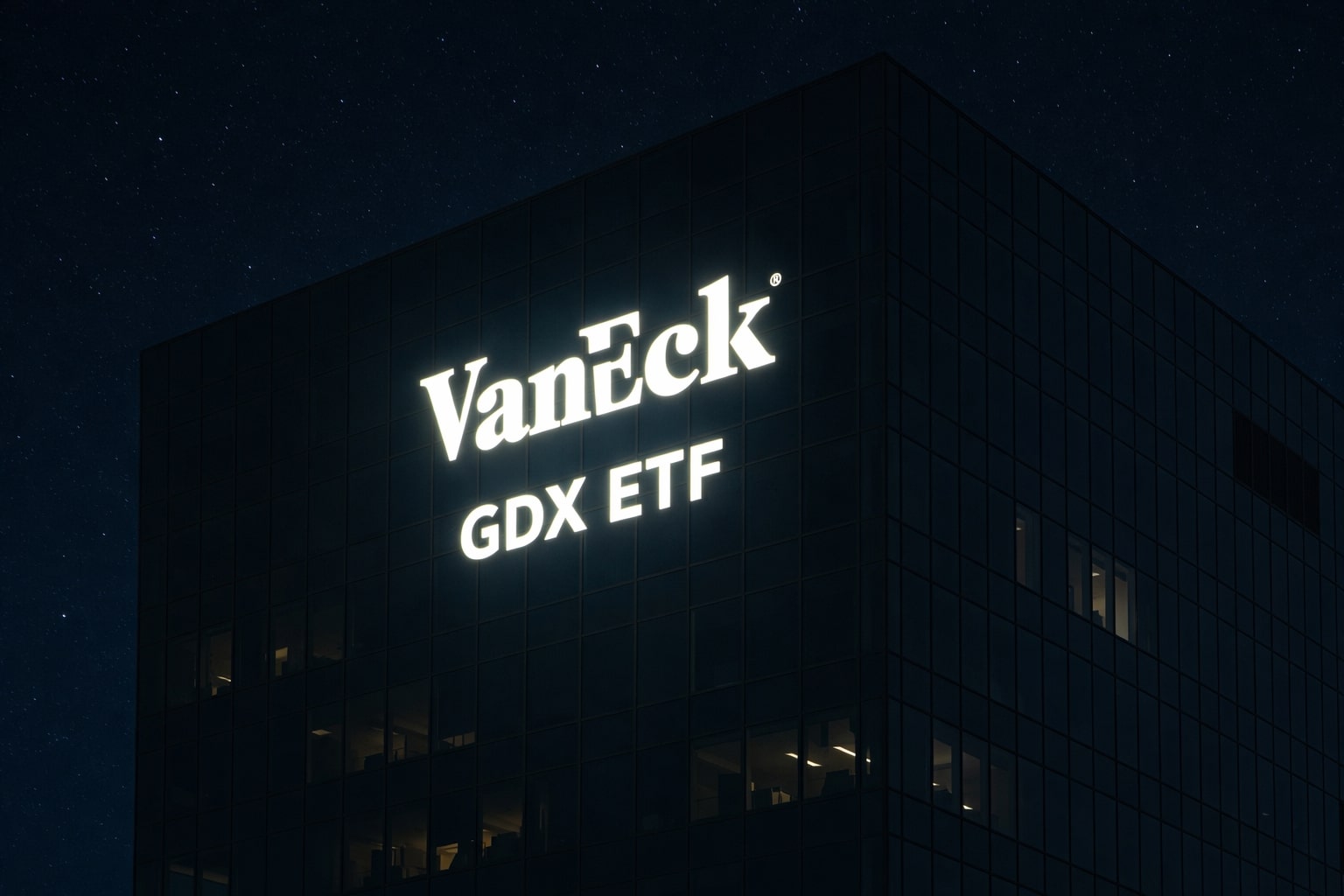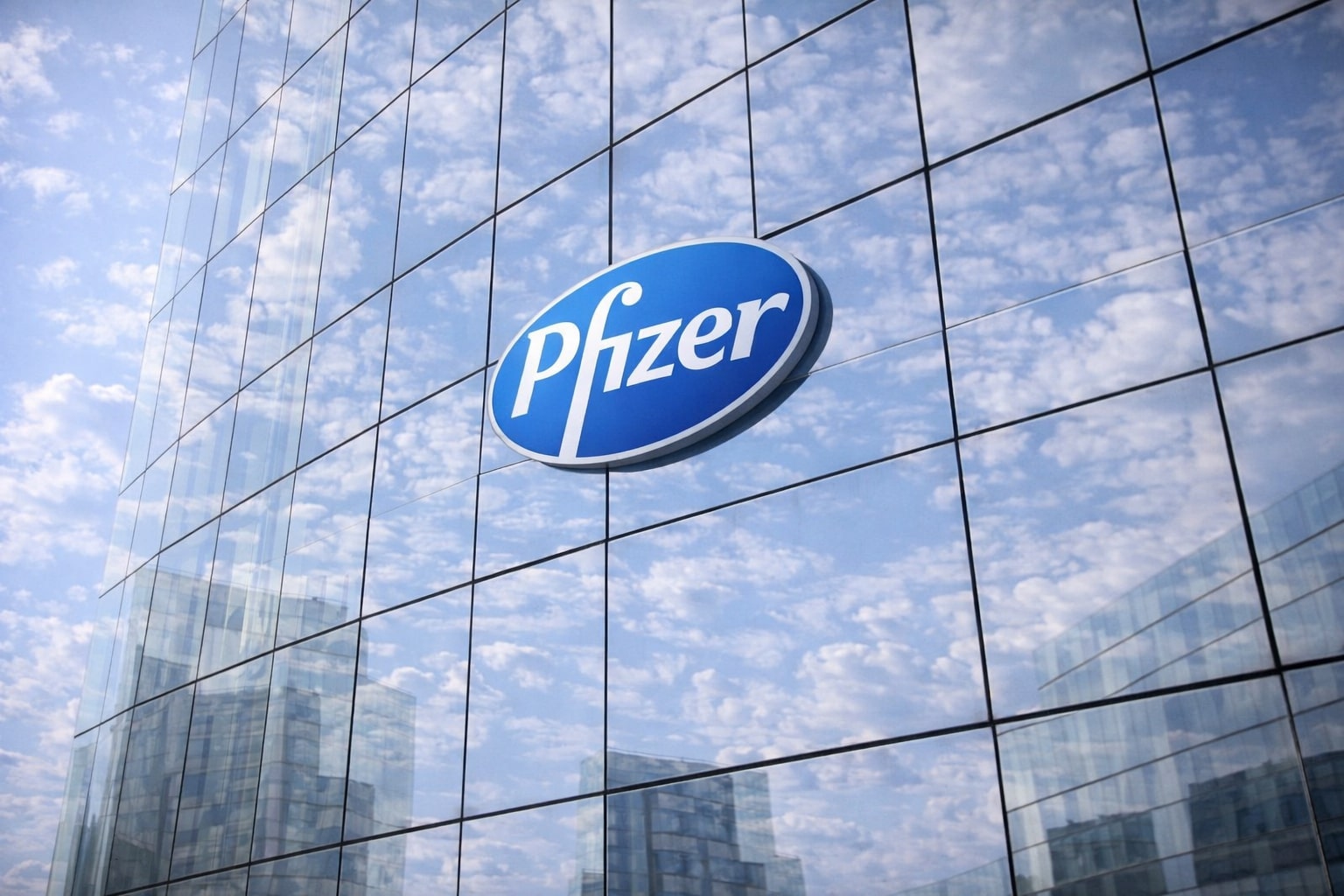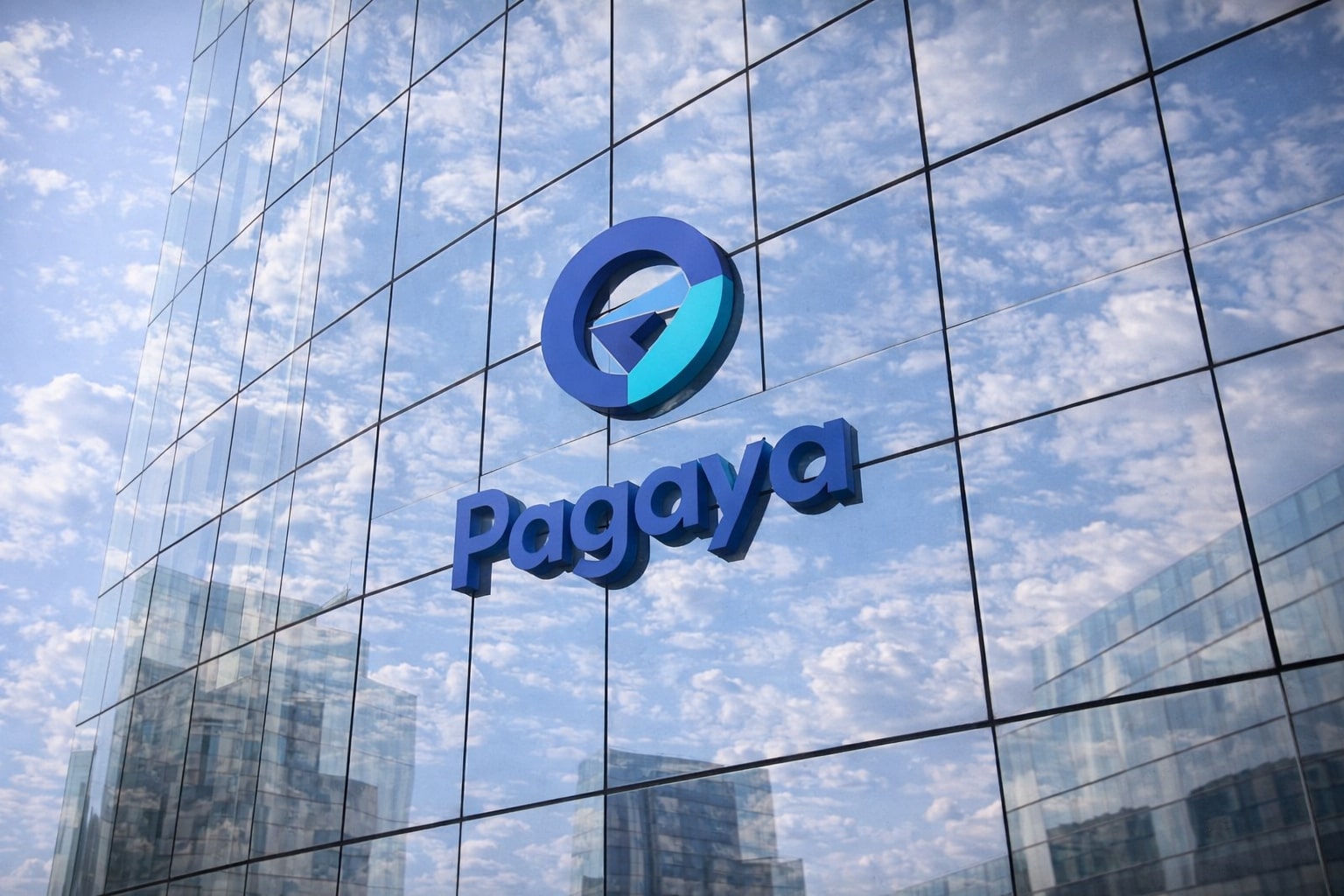
BP Stock (NYSE:BP) Tops Q2 Estimates, Lifts Dividend, Expands Upstream
With $46.6B in revenue, $10B annual upstream plans, and a 6% dividend yield, BP pivots back to oil dominance as Bumerangue discovery fuels growth | That's TradingNEWS
NYSE:BP Q2 Earnings Beat Sets Stage for Aggressive Upstream Expansion
BP (NYSE:BP) delivered a forceful set of second-quarter results, with adjusted EPS of $0.90, topping consensus by $0.24, and revenues reaching $46.6 billion, a full $6.2 billion above forecasts. This beat came despite realized oil prices falling nearly 18% year-on-year to $59.74 per barrel, a reminder of commodity volatility. What drove the earnings strength was upstream production, which climbed 2.7% sequentially to 2,300 MBOED, reinforcing the company’s decision to reallocate resources back into oil and gas after scaling back its renewables ambitions. Core operating earnings totaled $2.4 billion, up 70% sequentially, with the oil production and operations unit contributing $2.26 billion alone, even though that figure was down 27% year-over-year on weaker price realizations.
BP Stock Shifts Capital Back to Oil and Gas at Scale
Management has now clearly abandoned its prior focus on net-zero investments and has committed to pouring $10 billion annually into upstream projects between 2025 and 2027. These investments will cover 10 major projects, from the U.S. Permian Basin via BPX Energy to offshore developments in the Gulf of Mexico, as well as international stakes in Shah Deniz in Azerbaijan. By 2030, BP expects to expand upstream volumes to between 2.3–2.5 million barrels of oil equivalent per day, with the U.S. alone contributing 1 million BOE/d. This aggressive shift demonstrates a strategic pivot: BP is “acting like an oil company again,” and the equity market has rewarded that change, as NYSE:BP has outperformed most European peers since the February strategy reset.
Bumerangue Discovery in Brazil Marks the Largest Find in 25 Years
Perhaps the most significant development this year was the announcement of a giant oil discovery offshore Brazil, the Bumerangue field, which BP management described as their largest find since Shah Deniz in 1999. While testing continues to confirm reserve levels and gas ratios, early estimates suggest as much as 2 billion BOE in place. Unlike Shah Deniz, BP holds a full 100% interest in Bumerangue, positioning the company to capture outsized future cash flow. This discovery is one of 10 successful exploration projects in 2025 spanning regions from Namibia and Angola to Trinidad and the U.S. Gulf of Mexico. Combined with five major project startups already this year, including offshore Angola and Mauritania/Senegal, BP has demonstrated unusual exploration success and operational reliability, achieving 96.8% upstream reliability in Q2.
Cost Discipline and Debt Reduction Provide Shareholder Cushion
Beyond growth, NYSE:BP is pressing hard on costs. Management has already stripped out $1.7 billion in structural costs since 2024, more than offsetting inflation, with half the savings achieved in downstream operations and the supply chain. The company is eliminating over 3,200 contractor positions, consolidating ERP systems by 85%, and deploying Palantir-driven AI to reduce invoice mismatches. These measures are expected to shave $4–$5 billion in costs by 2027, creating the capacity for free cash flow expansion even at moderate commodity prices. Net debt remains elevated at $26 billion, still $3.4 billion higher year-over-year, but divestments are expected to accelerate deleveraging. Retail exits in the Netherlands and Austria, the planned sale of the Gelsenkirchen refinery, and a potential Castrol divestment will all feed into the broader $20 billion asset disposal program targeted for completion by 2027.
Capital Returns: Buybacks and Dividends Remain Central to BP’s Equity Story
BP announced a fresh $750 million buyback for Q2 and lifted its dividend by 4% to $0.4992 per share, translating into a 6% yield, one of the highest among supermajors. Over the past five years, NYSE:BP has reduced its share count by 17.25% through consistent repurchases, with an average of $1.5 billion spent per quarter. The company plans to return 30–40% of operating cash flow via dividends and buybacks, but execution may vary depending on working capital swings. In the first half of 2025, operating cash flow came in $4 billion below last year, but management expects reversal in the second half. Investors are watching closely whether the firm can sustain this pace of distributions without eroding balance sheet strength. Insider activity adds another layer to sentiment—real-time updates on BP insider transactions show executives aligning their trades with upstream investment commitments, underscoring confidence in the pivot.
Valuation Gap With U.S. Majors: Discount Still Unwarranted
Despite this operational progress, BP trades at a notable discount to U.S. rivals. Shares are priced at just 11.6x FY 2026 earnings, compared with a group average of 14.0x across ExxonMobil (XOM), Chevron (CVX), and ConocoPhillips (COP). Analysts project BP’s earnings growth at 9.2% annually, already in line with ExxonMobil’s trajectory, but the valuation gap suggests skepticism remains around execution. If the company sustains upstream growth and delivers cost efficiencies, a re-rating to peer multiples would imply a fair value of $42 per share, or roughly 21% upside from current levels.
Renewables and Divestments: Cutting the Fat to Fund Oil Growth
BP has trimmed its renewables footprint dramatically. The company sold its U.S. onshore wind assets, moved offshore wind into a joint venture with Japan’s JERA, and canceled a proposed $36 billion green hydrogen project in Australia. It has also withdrawn from a blue hydrogen and carbon capture project in Indiana. These steps confirm BP’s pivot away from lower-return energy transitions and toward legacy hydrocarbons. While critics argue this is a reversal of climate pledges, the market appears to favor the focus on profitability. By freeing up capital for high-return oil projects, BP enhances its ability to fund shareholder returns, upstream expansions, and debt reduction simultaneously.
Strategic Outlook: Is NYSE:BP a Buy?
At $30.00–31.00 per share, NYSE:BP trades well below its intrinsic potential if upstream projects ramp as planned. With cost cuts flowing through, record exploration success, and dividend yield topping peers, the setup leans bullish. The risks remain executional: if upstream targets are missed or oil prices stay depressed below $60 Brent, the valuation discount may persist. However, given the Bumerangue discovery, a $10 billion annual upstream investment plan, and aggressive capital returns, the balance of evidence supports a Buy rating at current levels.
That's TradingNEWS
Read More
-
GDX ETF at $88 While Gold Tests $4,400: Are Gold Miners Poised for $100?
19.12.2025 · TradingNEWS ArchiveStocks
-
XRP ETF Boom: XRPI at $10.94 and XRPR at $15.49 as XRP-USD Clings to the $1.80–$1.90 Zone
19.12.2025 · TradingNEWS ArchiveCrypto
-
Natural Gas Price Forecast: NG=F Hovering Near $3.92 As Weather, LNG And Storage Collide
19.12.2025 · TradingNEWS ArchiveCommodities
-
USD/JPY Price Forecast - Dollar to Yen Near 157 as BoJ’s 0.75% Rate Hike Backfires on the Yen
19.12.2025 · TradingNEWS ArchiveForex


















